Organic vs. Natural - What do these labels mean?

Earth Day is our annual reminder to take care of the planet and be thankful for all it provides for us. One of the biggest ways we can fight back against climate change is to pay attention to what we eat and how it’s produced. Gone are the days when we all ate sustainably produced food from a local farm. With the emergence of global brands combined with the miracle of international shipping, it can be hard to know the most sustainable choices to make.
This is where the United States Department of Agriculture (USDA) stepped in with food labels to help people make informed choices in the grocery store. Labels like “natural,” “locally grown,” and “Earth-friendly” have been popping up on products but looking at these catchy titles is not the best way to ensure the quality of your food.
The USDA introduced the organic label in the 1990s and it is reserved for foods that have 95% organic ingredients with no synthetic growth hormones, antibiotics, pesticides, biotechnology, synthetic ingredients or irradiation used in production or processing. If a product is labeled “made with organic ingredients,” that means it has 70% organic ingredients.
Organic farming practices have been praised as one of the most planet-friendly ways to grow food. Unlike conventional farming, organic farms refrain from using pesticides which encourages a variety of plants and animals to flourish. Although organic farms may be better for biodiversity, some studies suggest that they have lower yields and would need more acres of land to produce the same volume of food as a conventional farm. It’s also worth noting that the organic label doesn’t take into account other important metrics like water and energy use.
In contrast to the tightly regulated USDA Organic label, the term “natural” is not subject to such harsh scrutiny. Food producers and manufacturers can label food “natural,” “all natural,” or “100% natural,” without having to report to a regulatory body. Unlike organic foods, natural foods can contain flavors, sweeteners, or other plant-derived substances like preservatives. Research suggests that “natural” items are perceived as healthier, better for the environment, and more nutritious even though that might not be the case.
When looking for the healthiest and most Earth-friendly products, reach for the USDA-certified organic label. Not only do organic farming practices benefit the earth, studies show that organic food can be a better choice for you too. While the nutritional profile of organic versus conventional food is comparable, studies show that food produced without pesticides have more antioxidants thanks to an increase in flavonoids. They also tend to be higher in micronutrients like vitamin C, iron, magnesium, and phosphorus. Organic cattle are required to eat a diet of mainly grass and alfalfa which produces meat and dairy higher in omega-3 fatty acids.
One of the biggest benefits to eating organic is knowing what is not in your food. Organic items are notably free of synthetic pesticides, fertilizers, hormones, and antibiotics. Conventional foods have higher levels of nitrates, pesticide residues, and heavy metals which can be toxic in large amounts. Non-organic items, especially meat and dairy, may also have higher levels of hormones and antibiotics than their organic counterparts.
Food manufacturers are not required to list the additives and chemicals used to produce their food, but with organic items, you can be assured none were used. Additives can be harmful to our health and certain food dyes and preservatives have been linked to cancer, digestive issues, and hormonal problems. Until the USDA regulates the term “natural,” choosing organic items is the only way to ensure you know the content of what’s on your plate.










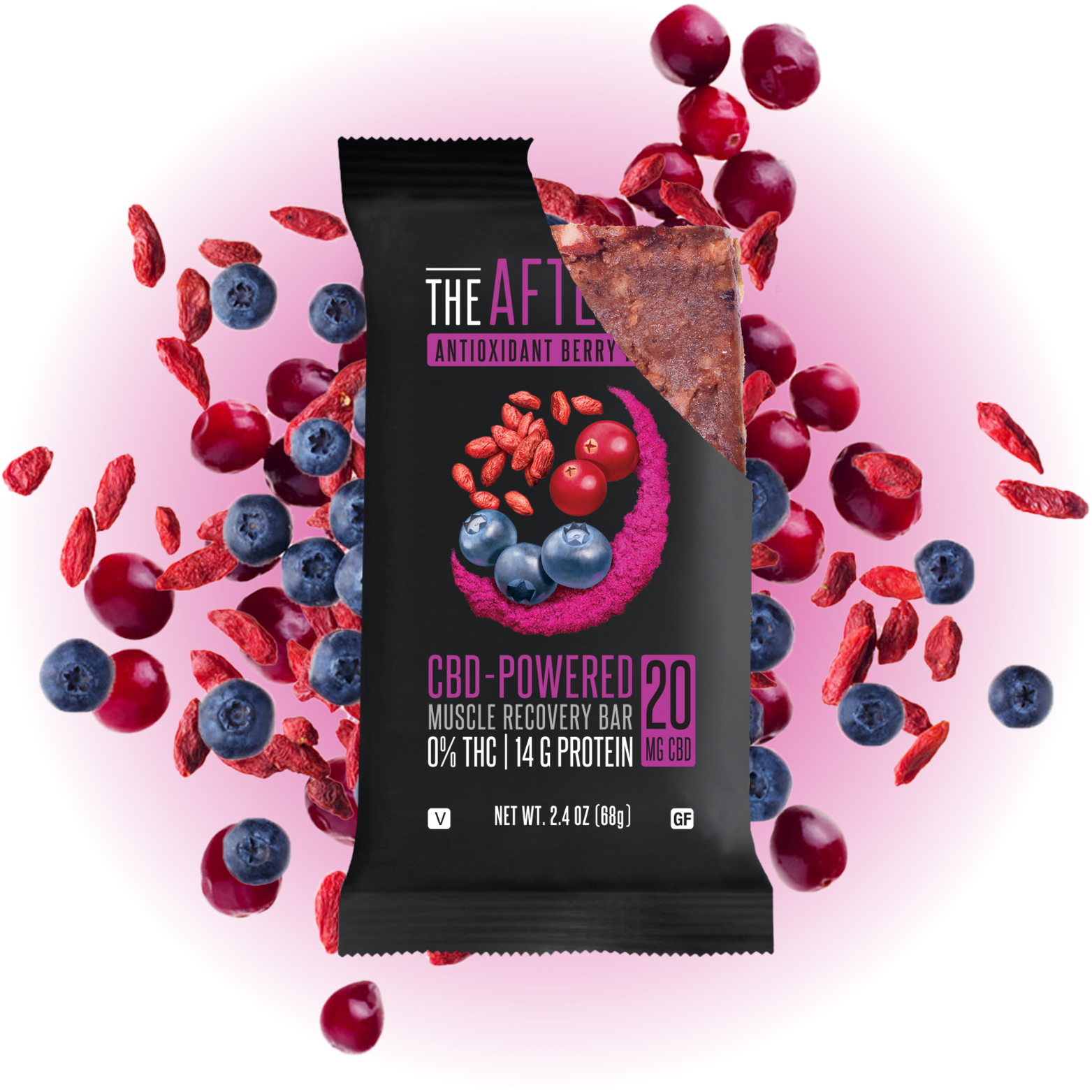




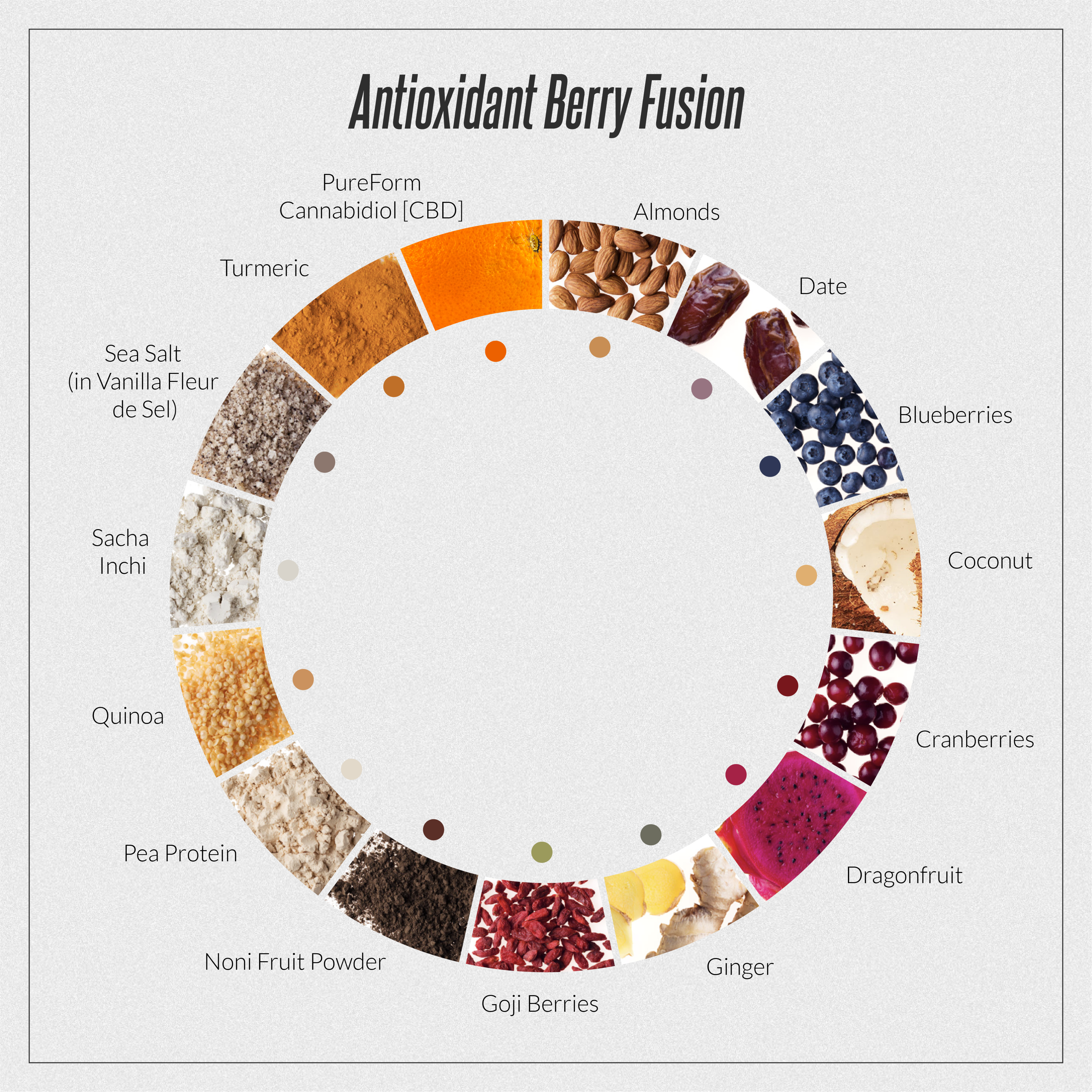
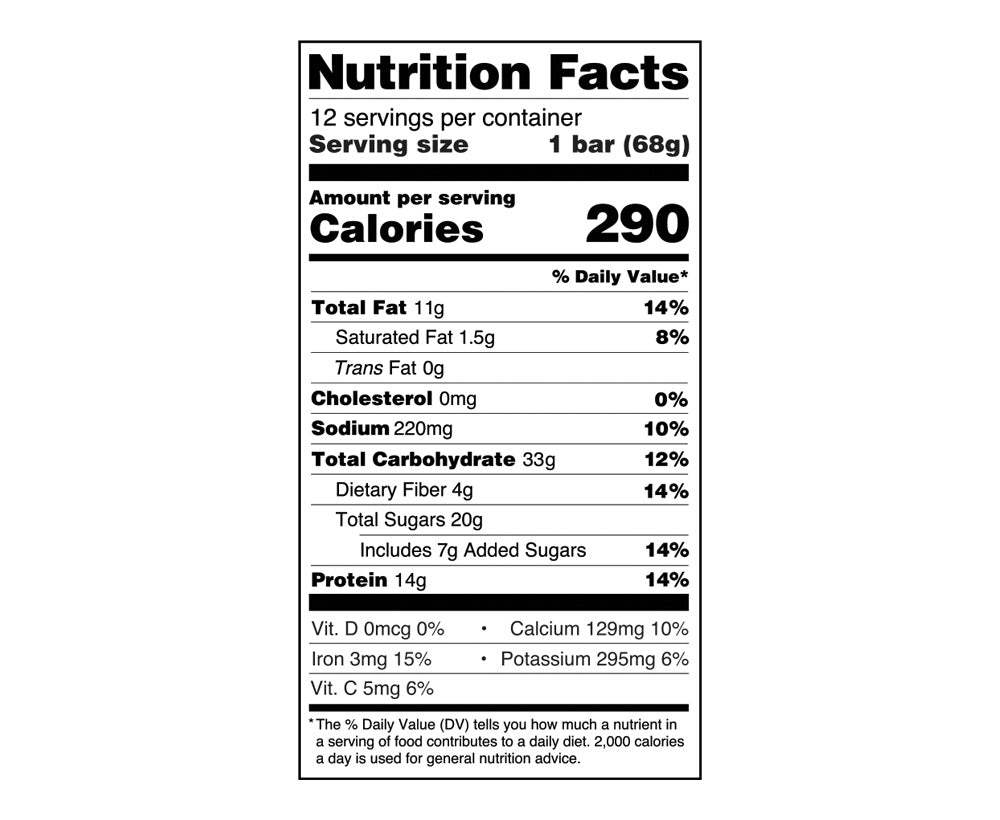
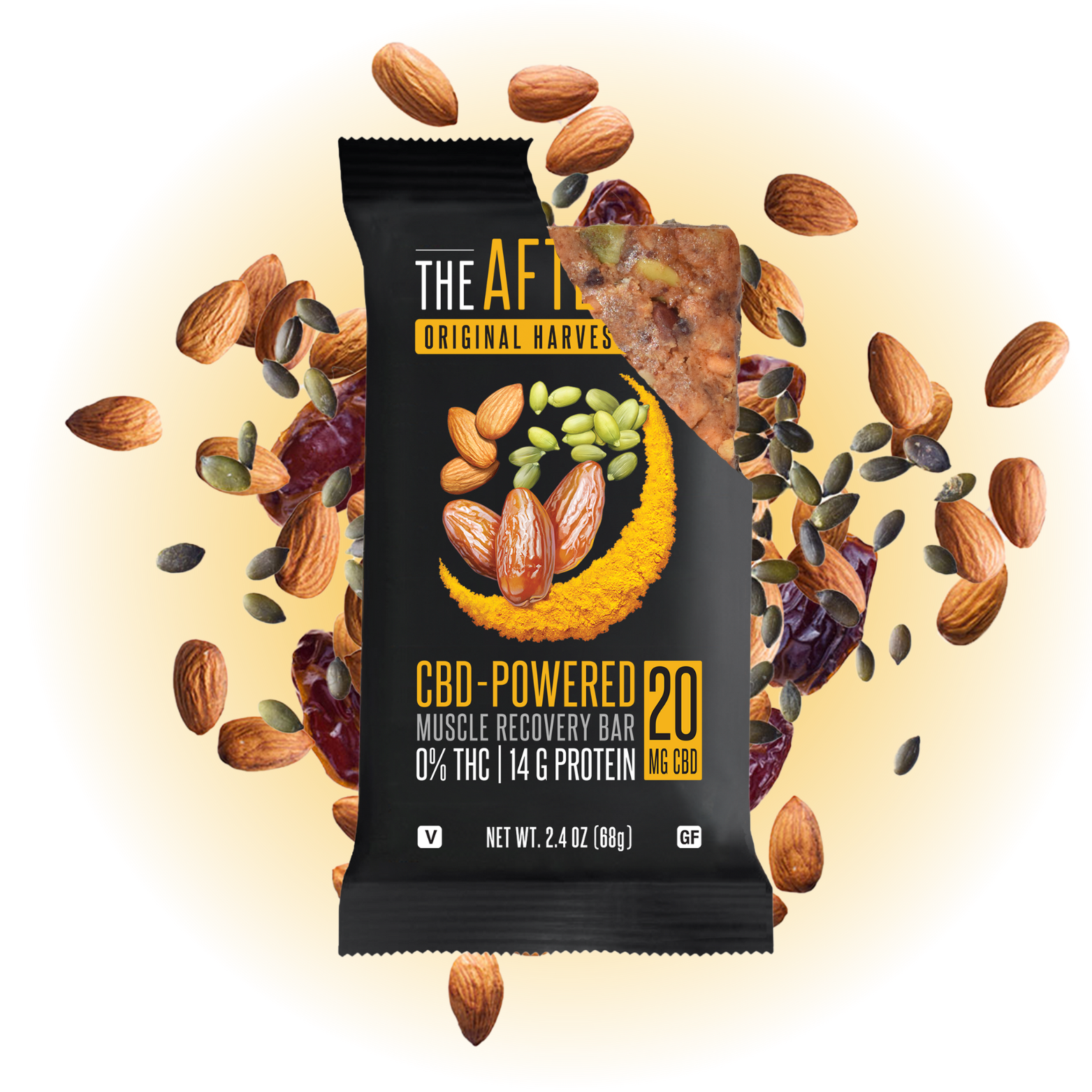




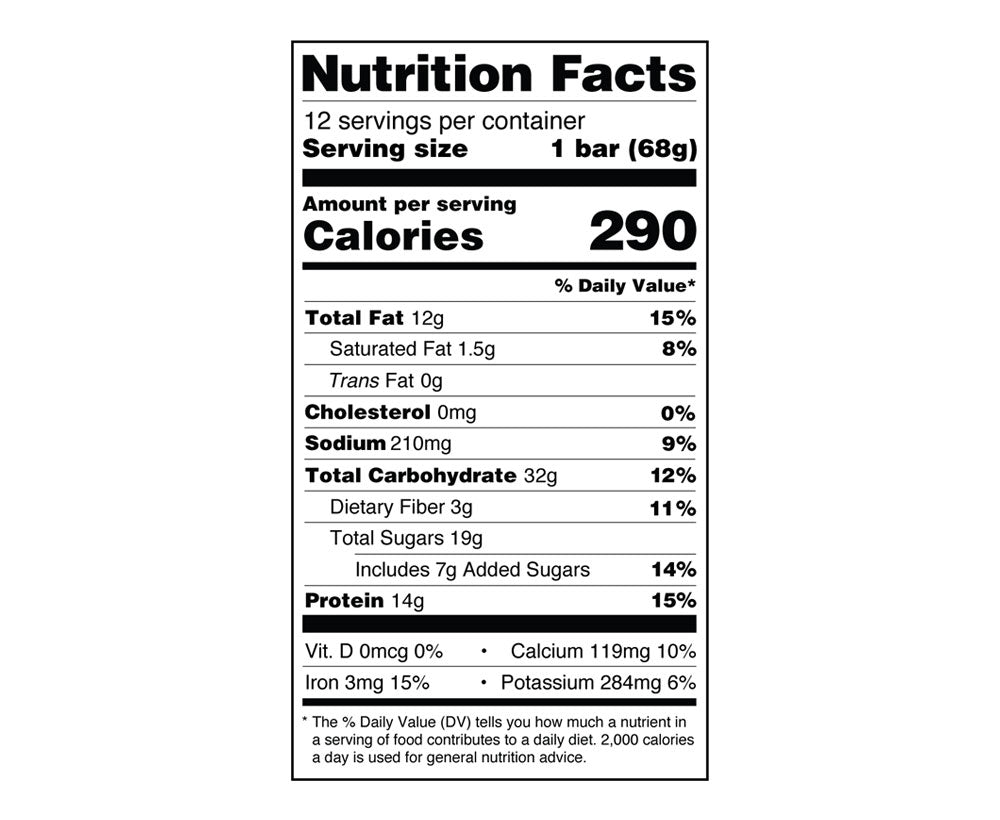

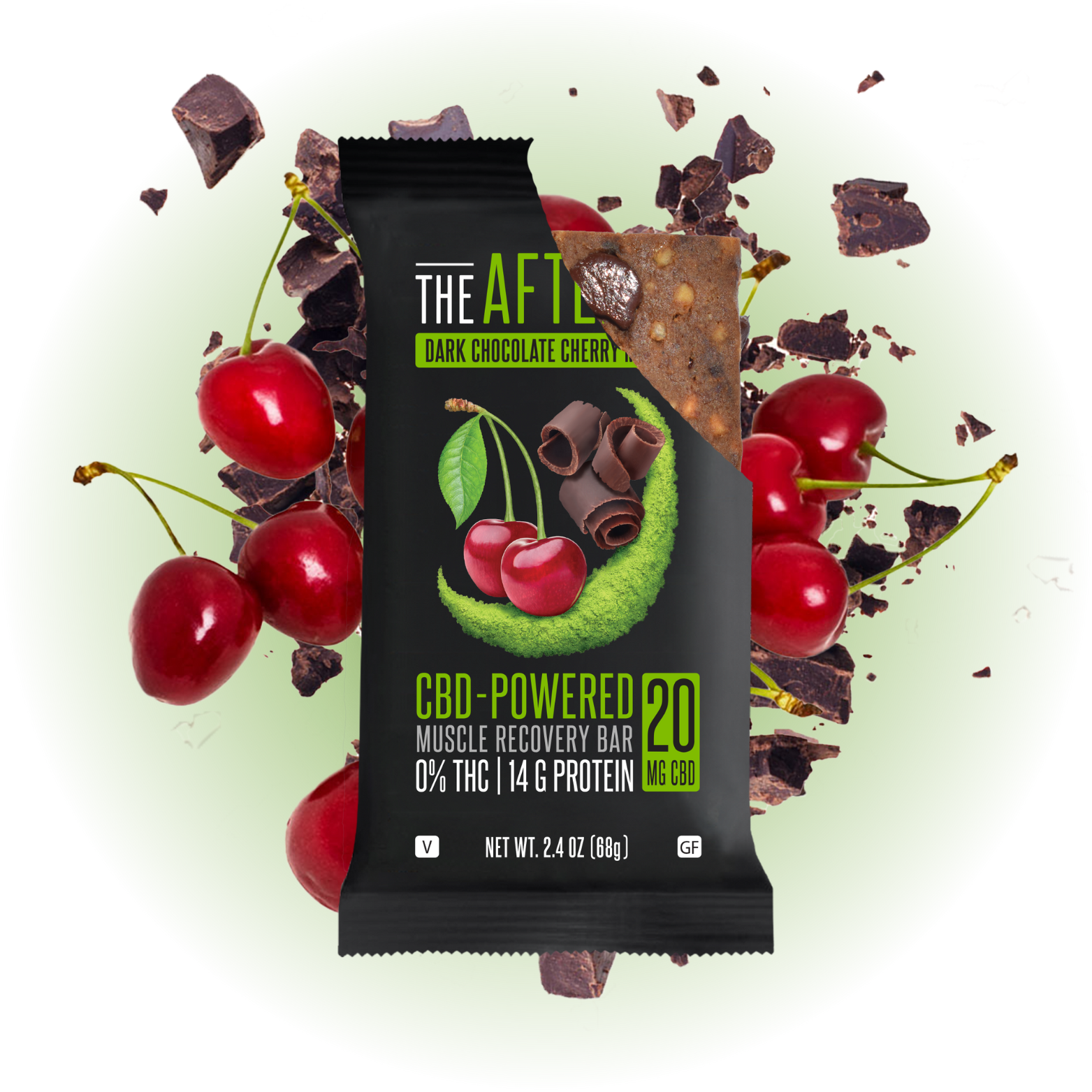

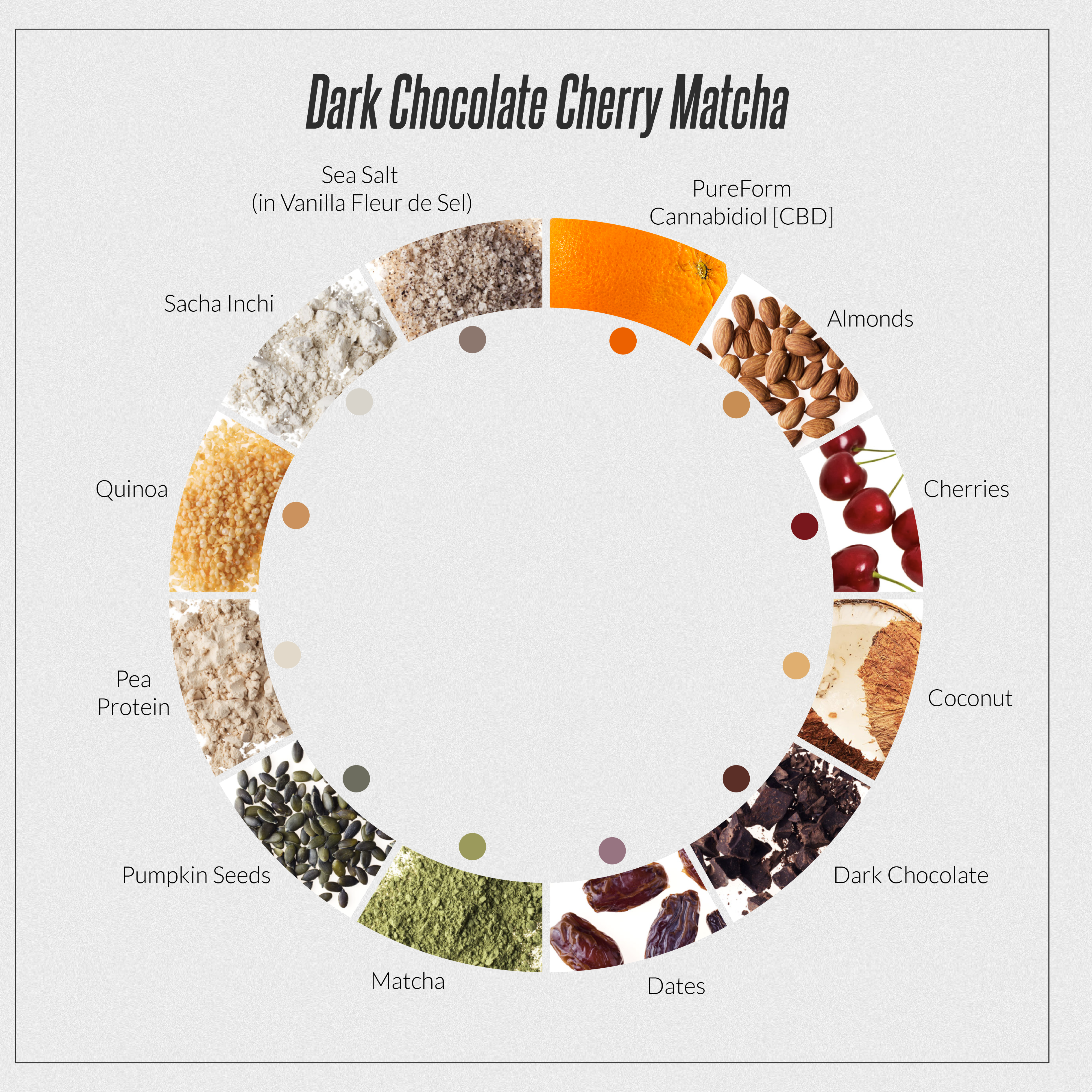
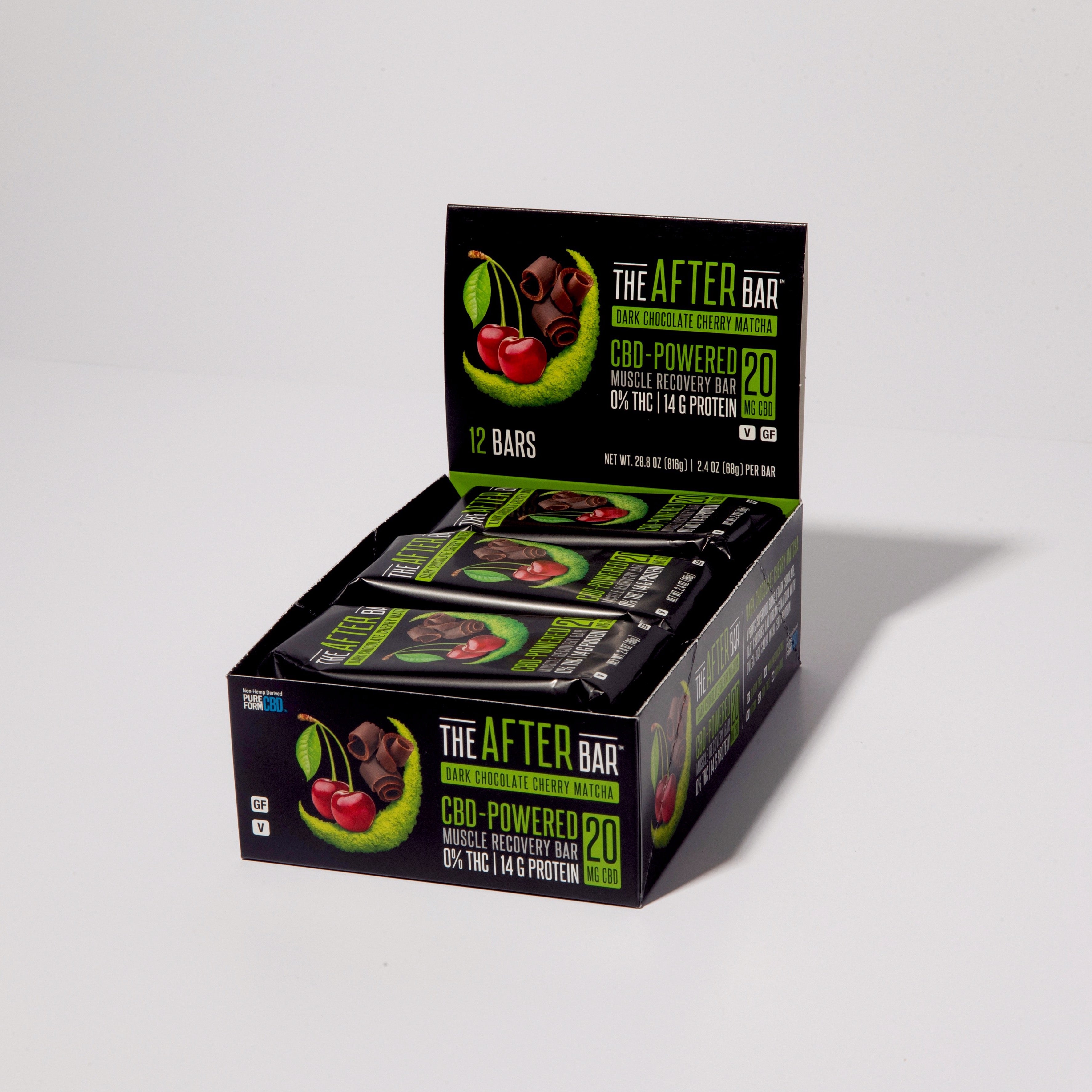


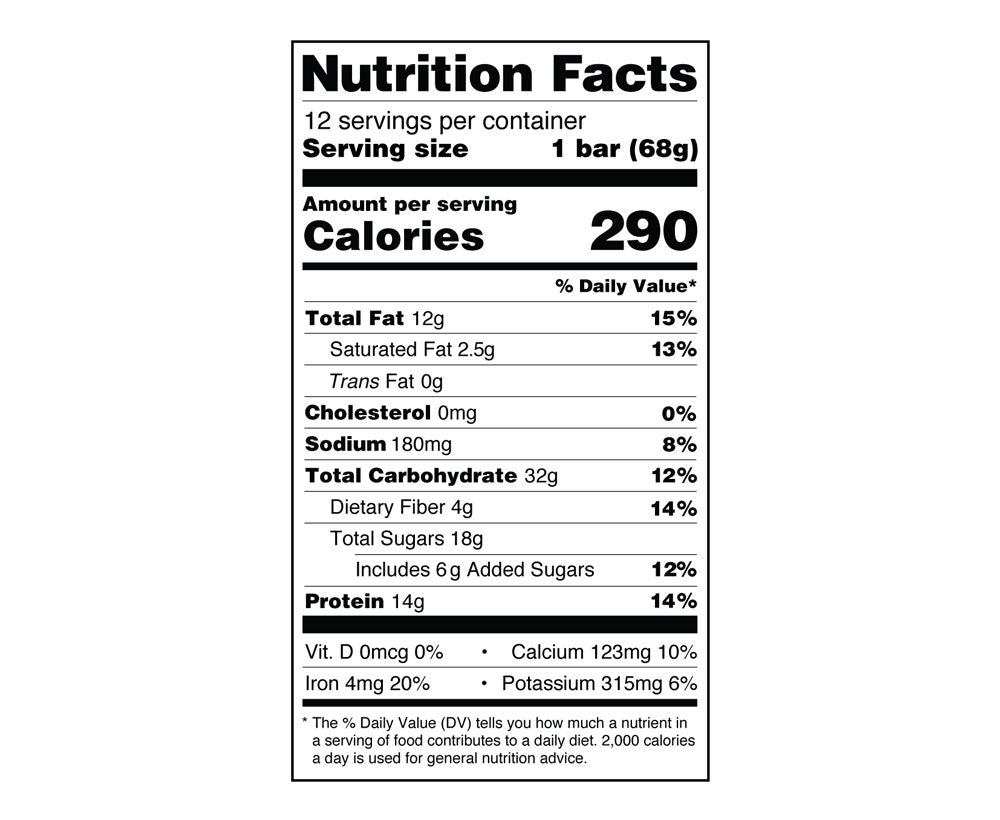
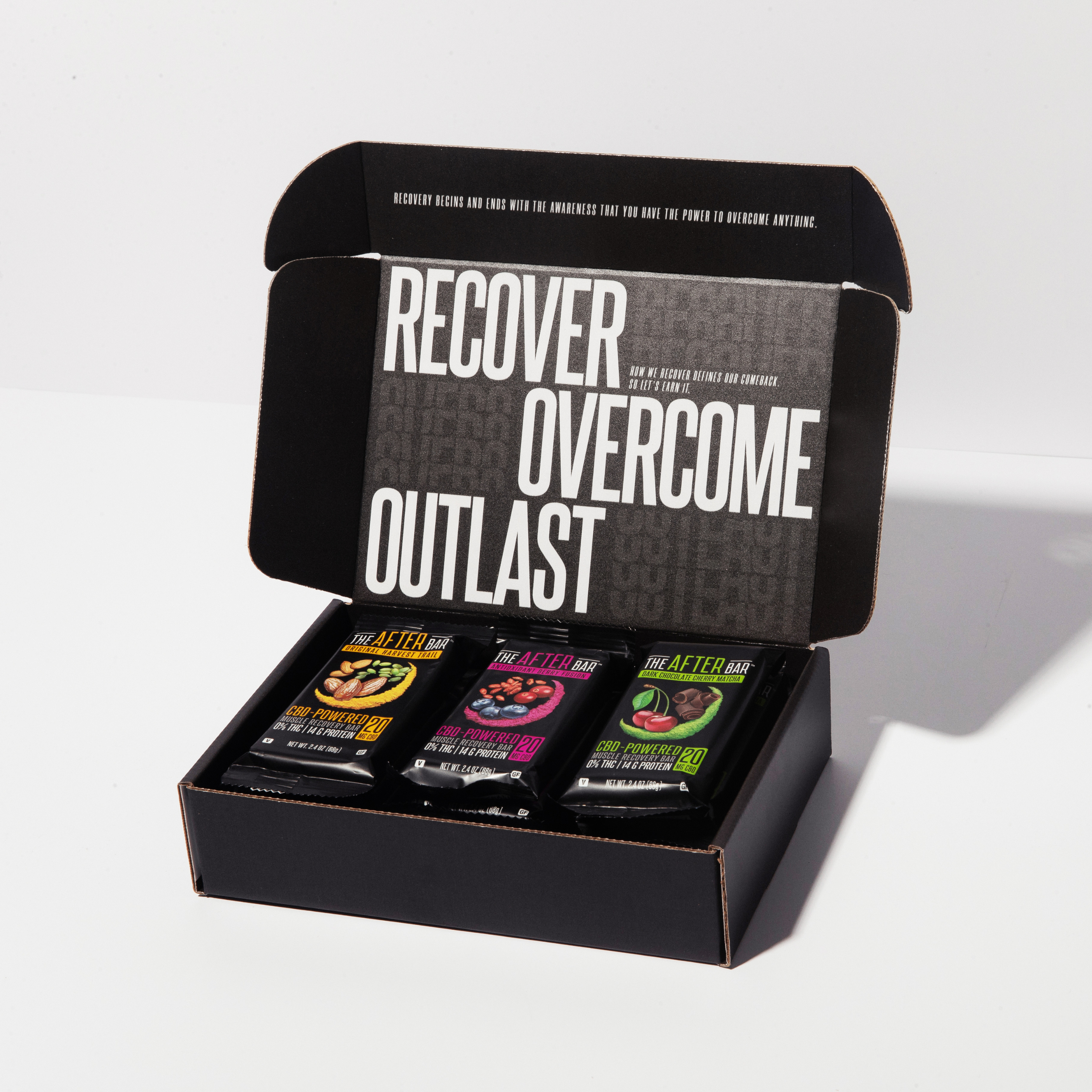


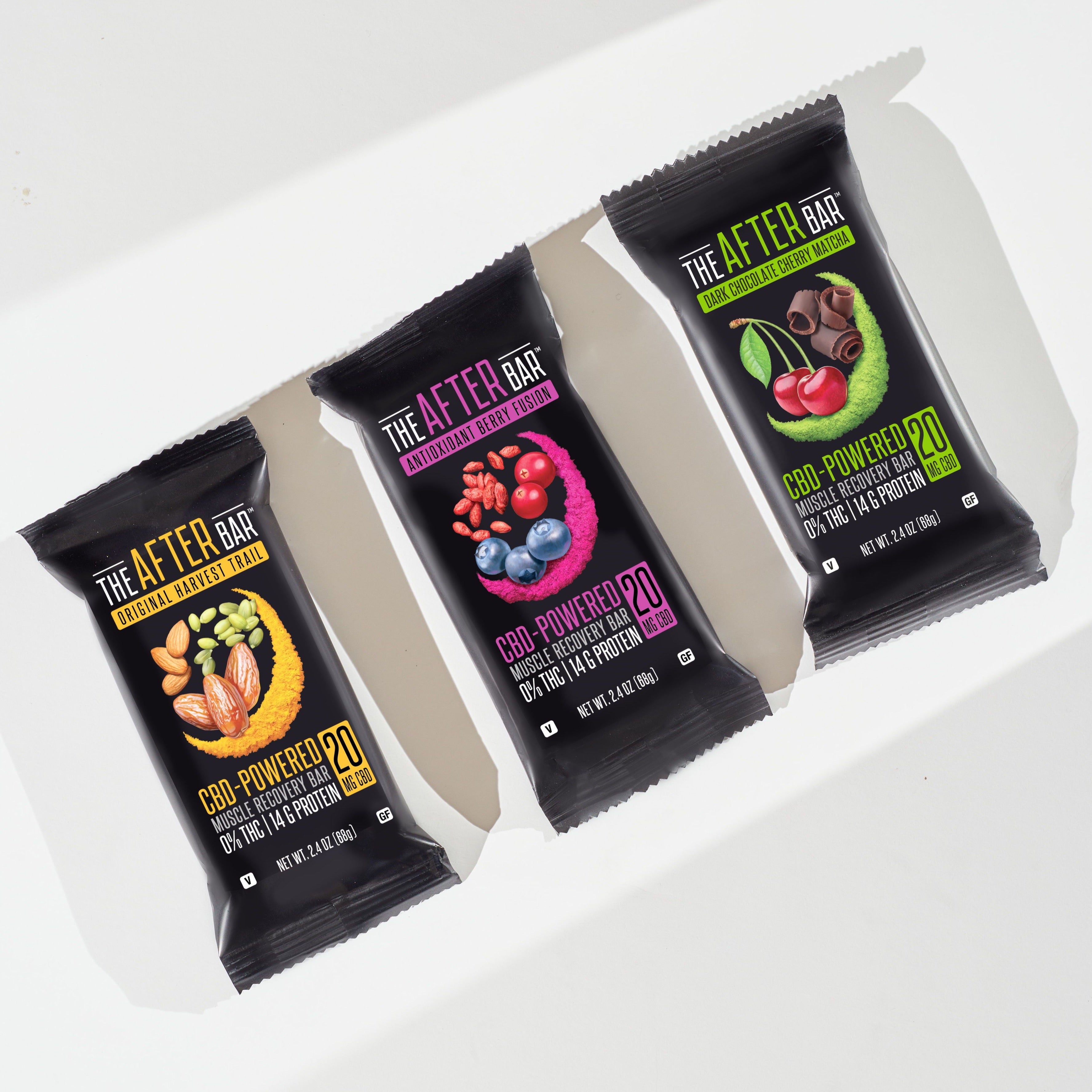

Leave a comment